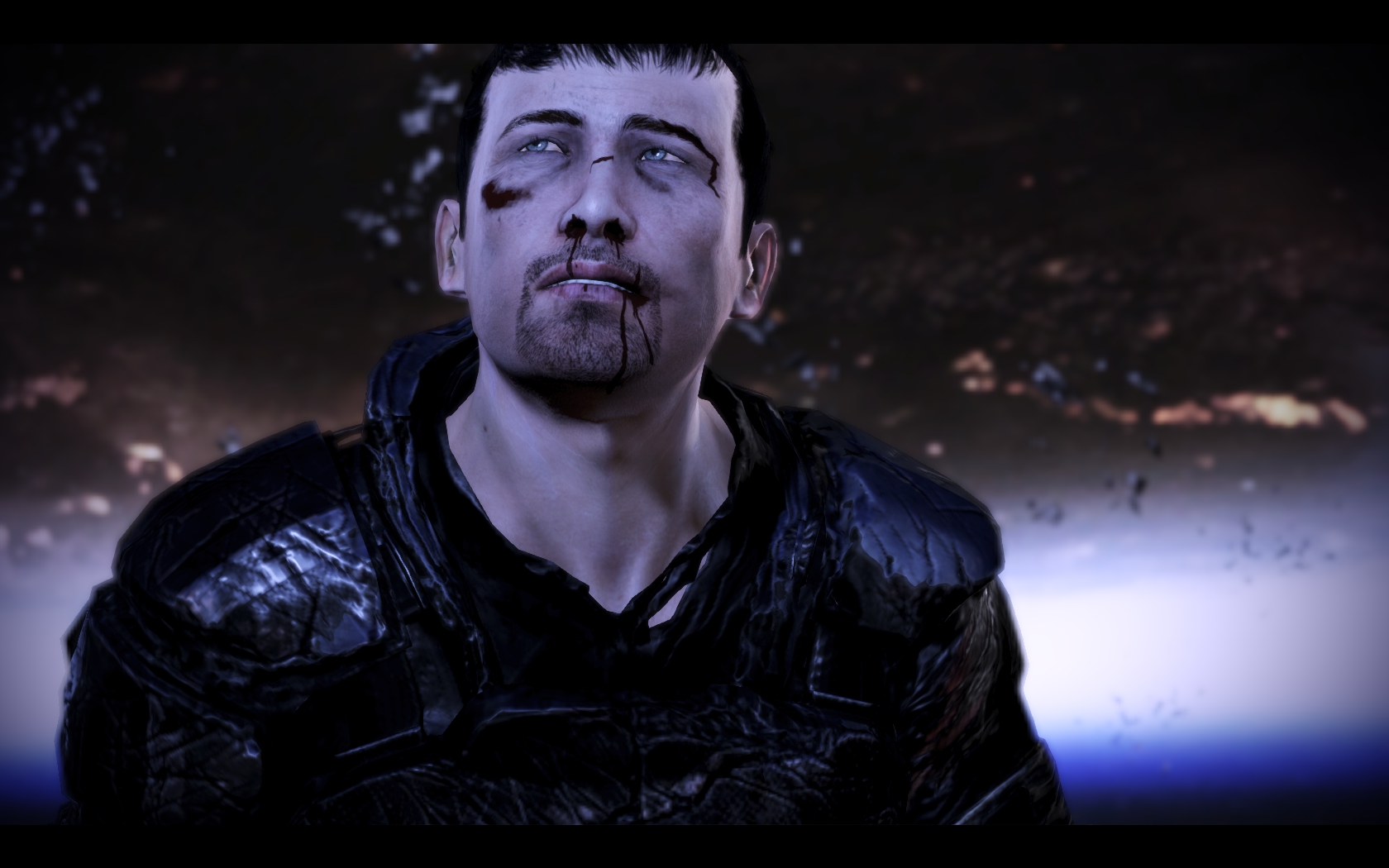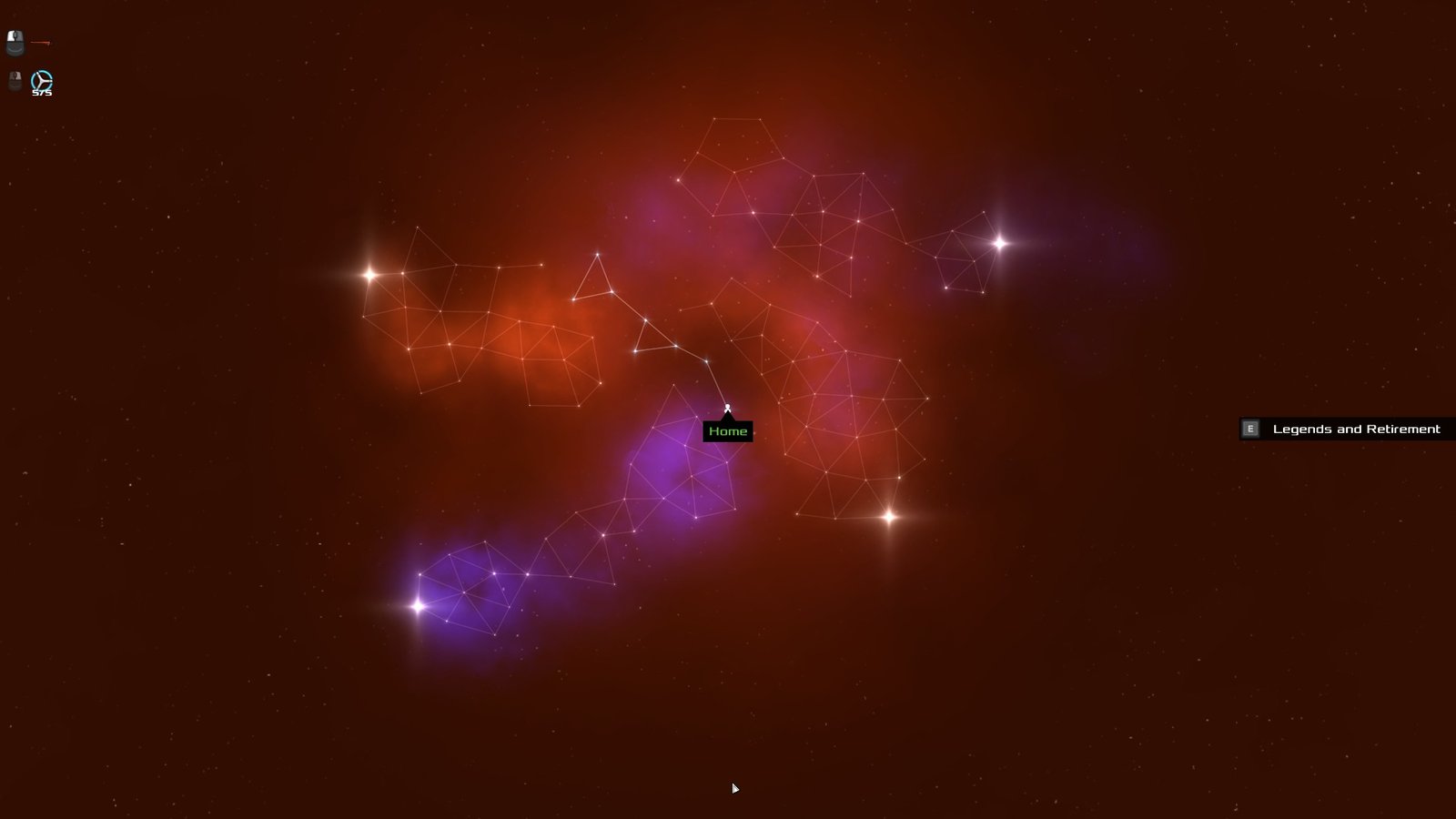The Multiwinians have arrived, delivering Introversion’s multiplayer sequel to their early classic Darwinia and their first game since 2006’s acclaimed DEFCON.
A holding hand
The product of a long and convoluted development, Darwinia‘s eccentricities kept it away from the mainstream, with a sometimes obtuse interface getting in the way of the charming story and a curious blend of RTS and Cannon Fodder gameplay proving uncomfortable for gamers used to more rigid genre boundaries. Multiwinia immediately presents itself as a more focused product, and one that is more easily accessible.
 Simple menus guide you rapidly into a game, whether it be against AI or human players, with none of the frustrating technical hurdles often associated with PC multiplayer experiences. Introversion have made sure to inform their players at every turn, whether it be with the succinct hands-on tutorials or the cute pre-game animations that explain each map’s overall goal. Once into the game proper, on-screen prompts mean you’re never left floundering.
Simple menus guide you rapidly into a game, whether it be against AI or human players, with none of the frustrating technical hurdles often associated with PC multiplayer experiences. Introversion have made sure to inform their players at every turn, whether it be with the succinct hands-on tutorials or the cute pre-game animations that explain each map’s overall goal. Once into the game proper, on-screen prompts mean you’re never left floundering.
There is one strange oversight in terms of the pre-game design: the complete lack of a chat room. There’s no way to communicate with other players before or after games without using third party utilities, which is a bit of a missed opportunity. At the very least there should be an easy way to talk with your fellow players directly prior to the game commencement. Similarly, there’s no way to string together a series of different games, with the conclusion of a battle instead dumping all players back to the menu, where there is no chance of a debrief or post-game banter. Given that many games by default last only 10 minutes it can lead to a rather brief and disjointed experience – Introversion would do well to enable players to keep playing without needing to navigate the lonely setup screens each time.
This time it’s war
 Multiwinia takes the established universe from Darwinia and mixes it aggressively with the standard online strategy template, with battles between two to four players, each of whom control an army of roving Multwinians. Rather uniquely, you rarely control your soldiers directly, instead taking charge of commanding officers that shepherd the rank and file about the map, usually to their doom. The mixture of self-posessed Multiwinians and player command works well, resulting in a battlefield that feels alive and dangerous. You have to look after your Multiwinian’s safety and just charging in rarely works, with flanking and coordinated multi-pronged attacks proving essential.
Multiwinia takes the established universe from Darwinia and mixes it aggressively with the standard online strategy template, with battles between two to four players, each of whom control an army of roving Multwinians. Rather uniquely, you rarely control your soldiers directly, instead taking charge of commanding officers that shepherd the rank and file about the map, usually to their doom. The mixture of self-posessed Multiwinians and player command works well, resulting in a battlefield that feels alive and dangerous. You have to look after your Multiwinian’s safety and just charging in rarely works, with flanking and coordinated multi-pronged attacks proving essential.
Gameplay is split into six separate categories, each with their own maps and objectives: ‘Domination’ is a simple battle to the death; ‘King of the Hill’ requires the occupation of key strategic locations; ‘Capture the Statue’ is a comically slow-paced variation on the FPS genre’s staple ‘capture the flag’; ‘Assault’ requires one team to conquer the other’s base within a tight time limit; ‘Rocket Riot’ is a complex and lengthy space race; and ‘Blitzkrieg’ is an all-out battle to control flag positions, similar to the Battlefield games.
 The different categories are impressively distinct, ranging from the simple, no-frills brawl of ‘Domination’ to the intricate planning and multi-front management of ‘Rocket Riot’. ‘Assault’ even offers its own version of a World War 2 beach landing, with survival odds that seem remarkably true to life. At no point is there any confusion, with goals always clearly stated and identified. The simple colour coding of the armies mean it’s always easy to spot your troops, even when spread thinly around a large map.
The different categories are impressively distinct, ranging from the simple, no-frills brawl of ‘Domination’ to the intricate planning and multi-front management of ‘Rocket Riot’. ‘Assault’ even offers its own version of a World War 2 beach landing, with survival odds that seem remarkably true to life. At no point is there any confusion, with goals always clearly stated and identified. The simple colour coding of the armies mean it’s always easy to spot your troops, even when spread thinly around a large map.
In addition to the standard troops there are frequent opportunities to collect the contents of crates that fall from the sky, accessing advanced weaponry and power-ups that can prove devastating in the heat of battle. While the crates would be a good way to give a losing player a chance to get back in the game, instead they seem to have a preference for falling into the winner’s territory, thus securing their victory yet further. Hopefully Introversion will examine and tweak this mechanic, as the crates tend to unbalance a game, rapidly leading to a desire to turn crate drops off entirely in the game setup. Given the wild imagination involved in the power-ups, this is a bit of a shame – after all, the emergence of virii tendrils, giant monsters, evil forests and nuclear strikes shouldn’t be missed.
Best interface ever?
 Multiwinia‘s finest achievement is its interface. The game requires you to direct the actions of thousands of soldiers over often large and geographically complex maps, overseeing vehicles, gun turrets, squad formations, power-ups, multiple squads…there’s a lot going on at any given time. And yet there are no awkward menus to navigate. A giant RTS-style control bar most definitely does not occupy the entire bottom third of the screen. There are no bureaucratic build queues or resources to endlessly micro-manage. And yet you always feel in absolute, precise control.
Multiwinia‘s finest achievement is its interface. The game requires you to direct the actions of thousands of soldiers over often large and geographically complex maps, overseeing vehicles, gun turrets, squad formations, power-ups, multiple squads…there’s a lot going on at any given time. And yet there are no awkward menus to navigate. A giant RTS-style control bar most definitely does not occupy the entire bottom third of the screen. There are no bureaucratic build queues or resources to endlessly micro-manage. And yet you always feel in absolute, precise control.
The intuitive camera helps, of course, enabling you to whip about the map as if you were playing a first person shooter. There’s none of the tedious camera management found in many other RTS games, with Multiwinia leaving you instead to worry about the gameplay itself: namely, your soldiers. A simple combination of mouse clicks and the ‘Tab’ key are all you need to manage your army, with the simplicity of Cannon Fodder and Syndicate extended out over an entire battlefield. It’s interesting to note how the RTS genre has layered on more and more complexity over the years and has forgotten some of the slick immediacy of its forebears.
Beauty
 The world of Darwinia was always a visual feast, a retro delight of movie and gaming culture references. Seeing Multiwinia in action makes you realise that Darwinia was just a taster; what we’ve really been waiting for is the sight of thousands of soldiers marching across the polygonal battlefield, lasers firing tirelessly at the enemy. Multiwinia feels more epic at every turn, whether it’s watching a row of turrets tearing attackers to shreds or watching the gentle curves of an incoming nuclear assault arcing over the map.
The world of Darwinia was always a visual feast, a retro delight of movie and gaming culture references. Seeing Multiwinia in action makes you realise that Darwinia was just a taster; what we’ve really been waiting for is the sight of thousands of soldiers marching across the polygonal battlefield, lasers firing tirelessly at the enemy. Multiwinia feels more epic at every turn, whether it’s watching a row of turrets tearing attackers to shreds or watching the gentle curves of an incoming nuclear assault arcing over the map.
The visuals are unlike anything else you’ll see this year, certainly in multiplayerr gaming, and will sear themselves onto your eyes. Everything is instantly iconic: Multiwinia is testament to the power of the imagination and is a promise of where games can go after the industry’s current obsession with photorealism is expunged. You never know what the game has hidden up its sleeve – halfway through one game a giant flying saucer descended out of the sky and started sucking up soldiers (from all sides), replacing them with an indiscriminate ‘grey army’, temporarily halting hostilities while both players looked on in astonishment. There’s nothing tired or typical about the sights within this game – and it should be noted that screenshots simply do not do it justice.
 The soundscape is similarly accomplished, surrounding you effortlessly in an abstract wall of sound that has no direct references to reality and which nevertheless feels completely natural. Whether it be the agitated cries of Multiwinians, flailing about on fire having escaped their burning spaceship, the eerie hauntings of a dark forest, or the drone of flying attack craft, everything exists to drown you in the game’s unique universe.
The soundscape is similarly accomplished, surrounding you effortlessly in an abstract wall of sound that has no direct references to reality and which nevertheless feels completely natural. Whether it be the agitated cries of Multiwinians, flailing about on fire having escaped their burning spaceship, the eerie hauntings of a dark forest, or the drone of flying attack craft, everything exists to drown you in the game’s unique universe.
If nothing else, the wonderful presentation makes me want to see more games set in Darwinia/Multiwinia. I want a first person shooter set in the first established Darwinian city, I want a role playing game about an outcast Multiwinian whose AI thinks independently from his fellows. There’s potential to fill every genre. The world is intoxicating and irresistable, which is what lends a real charm to the strategy gaming shennanigans – all the while, there’s the excitement of exploring an unknown place, of wanting to know more.
Other people
 The true test of a multiplayer game can only really occur once it has been released to the public. Will Multiwinia attract a big enough following to give it longevity in the competitive online marketplace? Will hardened RTS experts find its streamlined interface and tearing up of the rulebook off-putting or overly simplistic? Will more mainstream gamers be confused and frightened by the stylings and unusual game types? Much will depend on the level of Introversion’s continued support of the game, with regards to balancing and additional maps and gameplay types.
The true test of a multiplayer game can only really occur once it has been released to the public. Will Multiwinia attract a big enough following to give it longevity in the competitive online marketplace? Will hardened RTS experts find its streamlined interface and tearing up of the rulebook off-putting or overly simplistic? Will more mainstream gamers be confused and frightened by the stylings and unusual game types? Much will depend on the level of Introversion’s continued support of the game, with regards to balancing and additional maps and gameplay types.
[youtube=http://www.youtube.com/watch?v=WdJQB4nAKW4]
Regardless, the small independent team have succeeded in taking Darwinia into the multiplayer realm without sacrificing any of its uniqueness or vision. This is a fun, slick game that deserves to do well on artistic merit alone – thankfully there’s also an intriguing battle of wits waiting within that will no doubt reveal its own hidden intricacies over the coming weeks.









0 Comments
Dollie · May 16, 2011 at 7:15 am
I feel so much happier now I udnersntad all this. Thanks!
Jessica · February 10, 2012 at 6:57 am
November 15, 2011 at 4:13 pm · I parnoselly believe there is a mojo to writing articles that only a few posses and frankly you have it , you genius;2
Eric · October 15, 2008 at 3:54 pm
game guide…
I think you hit the nail on the proverbial head with this one….